Gardening enthusiasts, rejoice!
Today, we’re diving into the vibrant world of beets, a root vegetable that deserves a spot in every garden. Not only are beets packed with nutrients, but they also add a pop of color to your garden and your plate.
So, whether you’re a seasoned gardener or just starting out, let’s explore the joys of growing beets.
Benefits of Growing Beets
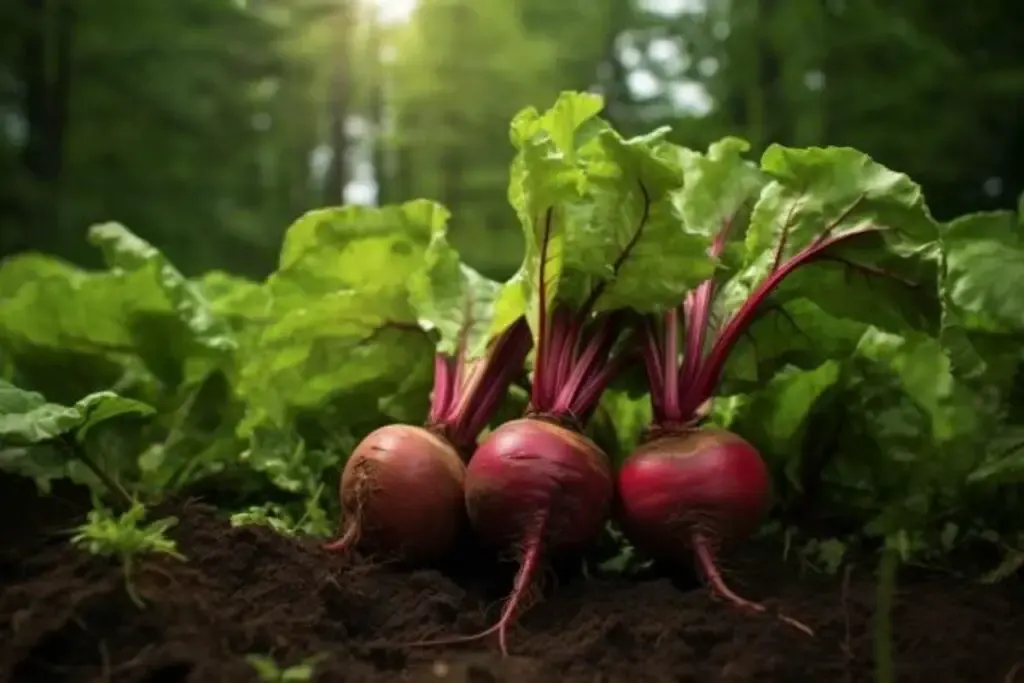
1. Nutritional Value
Beets are a treasure trove of vitamins and minerals. They’re rich in vitamin C, fiber, and essential minerals like potassium and manganese.
Growing beets means you have a fresh, organic source of nutrition right at your fingertips.
2. Versatility in the Kitchen
One of the best things about beets is their culinary flexibility. You can enjoy them roasted, boiled, in salads, or even in juices and smoothies. Their earthy flavor and vibrant color can transform any dish.
3. Easy to Grow
Beets are wonderfully low-maintenance. They can thrive in a variety of soil conditions and don’t require a lot of space.
This makes them perfect for both spacious gardens and compact urban spaces.
My Favorite Beet Varieties
Choosing the right variety of beet can be as exciting as it is important. Each type brings its unique flavor and growth characteristics. From my experience, some varieties stand out for their exceptional taste, ease of growing, and visual appeal.
Here are three that have earned a special place in my garden:
1. Detroit Dark Red
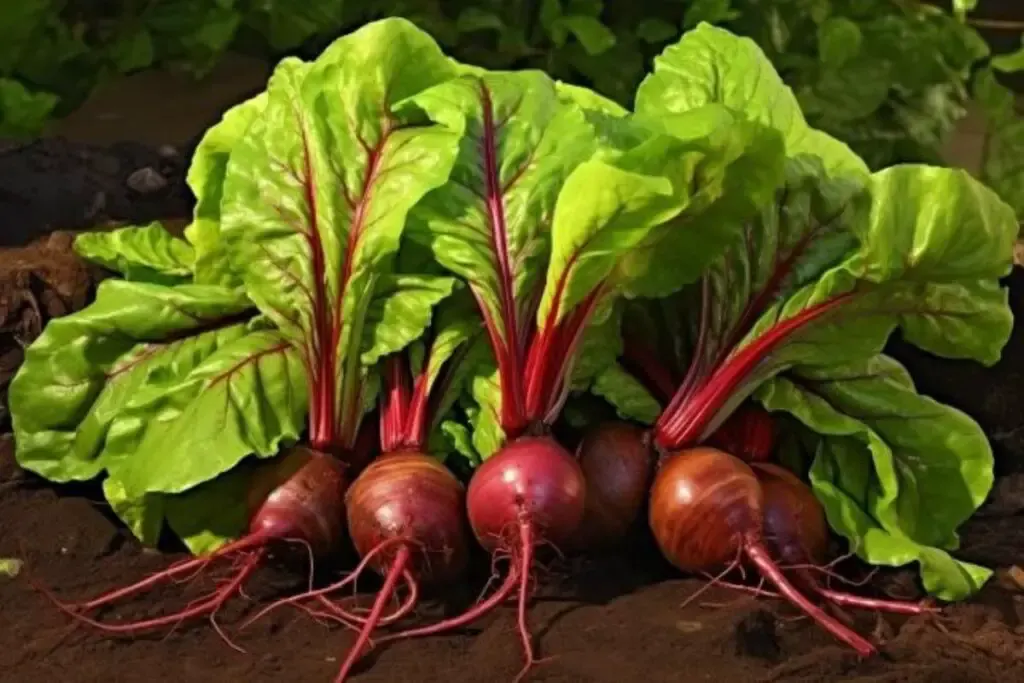
This classic beet variety is a true garden gem. Its deep red, almost burgundy roots are known for their sweet flavor and tender texture.
It’s perfect for beginners due to its robust nature and resistance to common beet diseases.
2. Golden Beet
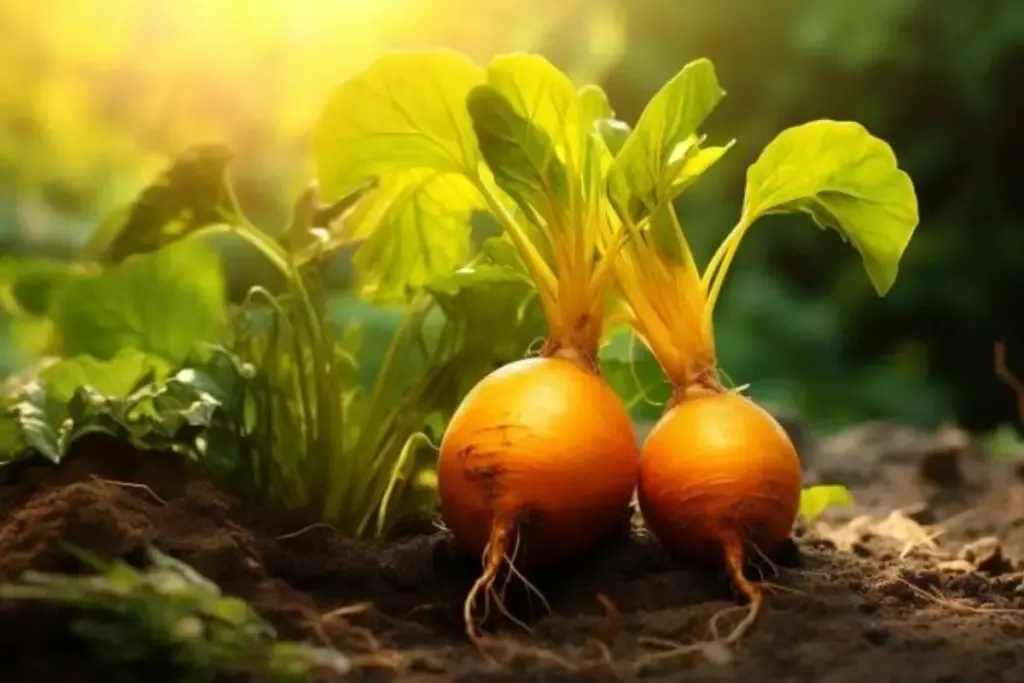
A visually stunning variety, golden beets boast a vibrant yellow-orange flesh that doesn’t bleed like red beets.
They have a milder, sweeter taste and are excellent in salads. Their unique color is a conversation starter!
3. Chioggia Beet
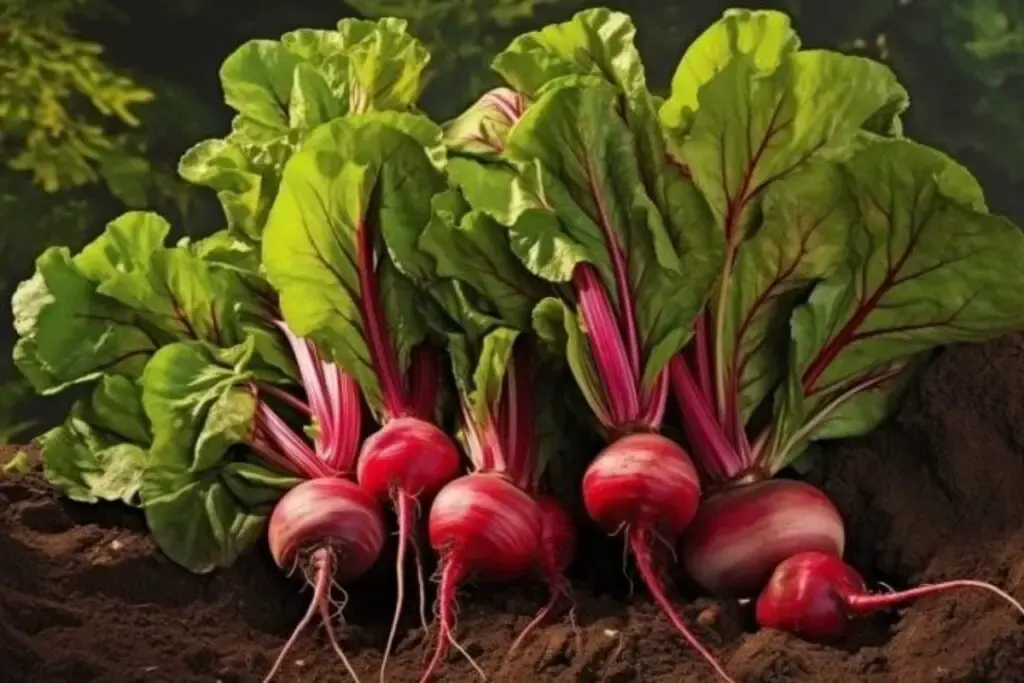
Also known as the candy cane or striped beet, the Chioggia is famous for its striking red and white concentric rings inside.
It has a sweet, peppery flavor and adds a beautiful visual element to dishes.
Beet Care
Caring for beets is a rewarding process that doesn’t require too much fuss. With the right conditions and a bit of attention, you can grow beets that are healthy and delicious.
Here’s a breakdown of the essential care steps for your beet plants.
Planting
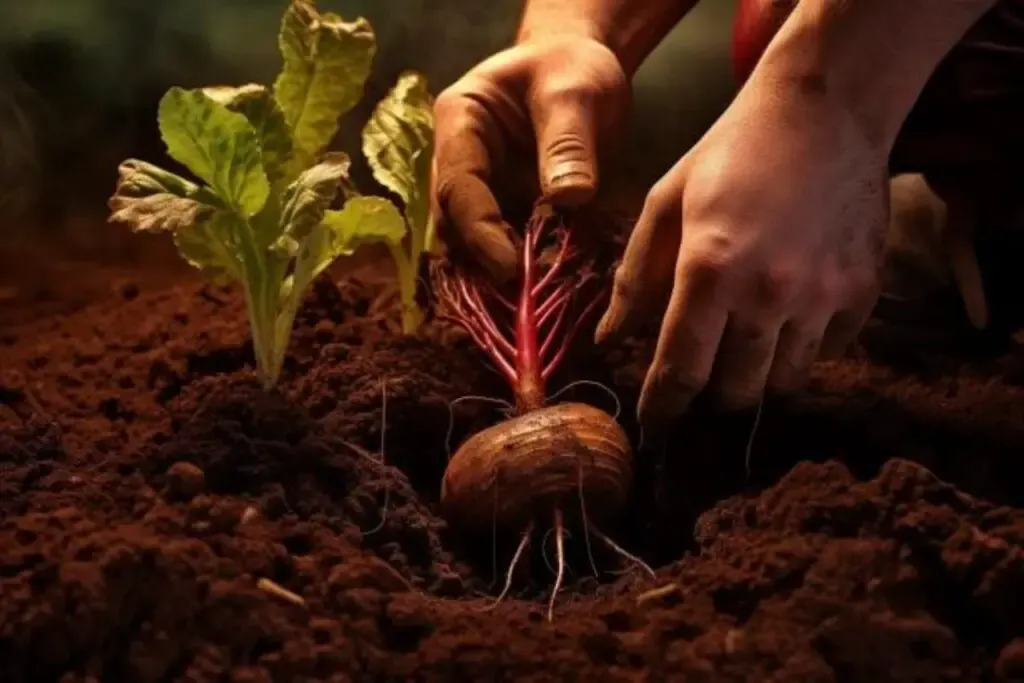
The journey of a beet starts with proper planting. Plant your beet seeds directly in the ground about 1/2 inch deep.
Space them about 1 to 2 inches apart in rows that are 12 to 18 inches apart. Beets can be planted as soon as the soil is workable in spring, with successive plantings every 2-3 weeks for a continuous harvest.
Light
Beets are fairly adaptable but they do best in full sunlight. Aim for at least 6 hours of sunlight per day.
If you’re in a particularly hot climate, a bit of afternoon shade can help protect them from excessive heat.
Soil
Beets aren’t too picky about soil but they thrive in well-draining, loamy soil. A neutral to slightly acidic pH (around 6.5 to 7.0) is ideal.
Make sure the soil is loose and free of large stones to allow for proper root development.
Temperature and Humidity
Beets are cool-season crops and can handle a bit of a chill. They grow best in temperatures between 50°F and 85°F.
They’re fairly tolerant of varying humidity levels but thrive in moderate conditions.
Fertilizer
When it comes to fertilizer, less is more with beets. Over-fertilization can lead to lush tops but small roots.
If your soil is average, a light application of a balanced organic fertilizer at planting time is enough. Avoid high-nitrogen fertilizers to ensure the development of the root, not just the leaves.
Harvesting Beets
Harvesting beets is one of the most satisfying parts of growing them. The right time to harvest depends on the variety and your preference for size.
Generally, beets can be harvested when they are about the size of a golf ball to a tennis ball (1.5 to 3 inches in diameter). Younger beets tend to be more tender.
To harvest, gently loosen the soil around the beet and pull the root from the ground. It’s a good idea to regularly check your beets’ growth and harvest them before they become too large and woody.
Pruning
Pruning isn’t a major concern with beets as it is with other plants. However, thinning is essential. When seedlings are about 1 to 2 inches tall, thin them so they’re spaced about 3 to 4 inches apart.
This gives each beet enough room to grow and prevents overcrowding. You can use the thinned greens in salads – they are delicious!
Propagating
Beets are typically grown from seeds and not propagated in the traditional sense. Each beet “seed” is actually a cluster of seeds, which is why thinning is necessary.
However, you can save seeds from your beet plants to grow new plants in the future. Allow a few of your healthiest beets to flower and go to seed, then collect the seeds for next season.
How to Grow Beets From Seed
Growing beets from seed is straightforward. Plant seeds 1/2 inch deep directly in your garden bed, as beets don’t transplant well.
Space them about 1 inch apart in rows that are 12 to 18 inches apart. Keep the soil moist until the seeds germinate.
Remember to thin the seedlings for optimal growth. Beets usually germinate within 5 to 10 days, depending on soil temperature.
Growing in Pots
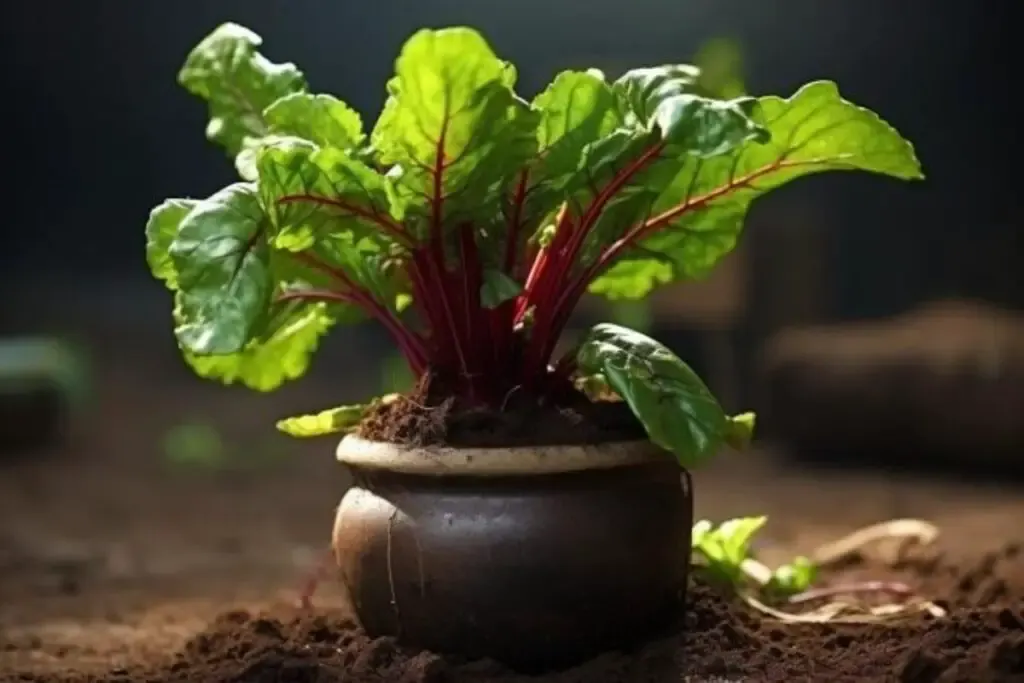
Don’t have a lot of space? No problem! Beets can be easily grown in containers. Choose a pot that is at least 12 inches deep and wide enough to allow space between plants.
Use a high-quality potting mix and ensure there are drainage holes in the bottom of the pot. Water regularly to maintain consistent soil moisture.
Container-grown beets may need more frequent watering than those in the ground.
Overwintering
Overwintering beets can be a bit tricky, as they are not typically grown as a winter crop.
However, if you live in a milder climate, you can leave mature beets in the ground covered with a thick layer of mulch for protection.
They can be harvested throughout the winter as needed. For those in colder climates, it’s best to harvest beets before the first hard freeze.
Store them in a cool, humid place like a root cellar or an unheated garage, where they can last for several months.
Transplanting
Transplanting beets is generally not recommended, as they are sensitive to root disturbance.
They prefer to grow where they are sown. If you must transplant, do it when they are very young seedlings, handling them gently to minimize root damage.
Ensure the new location has similar growing conditions — well-draining soil, full sun, and ample space for root growth.
Common Pests & Diseases
Like any garden plant, beets can encounter pests and diseases. Common issues include leaf miners, aphids, and flea beetles.
These pests can be managed with insecticidal soap or neem oil. As for diseases, beets can suffer from fungal infections like leaf spot and root rot, often due to overly moist conditions.
Ensure proper soil drainage and avoid overhead watering to minimize these risks.
Remember, every plant in your garden, including beets, tells a story. A story of growth, care, and the beauty of nature.
As you watch your beets flourish, you’ll not only enjoy their delicious taste but also the satisfaction of nurturing them from seed to harvest.
Happy gardening, and may your beets be as bountiful as they are beautiful!

